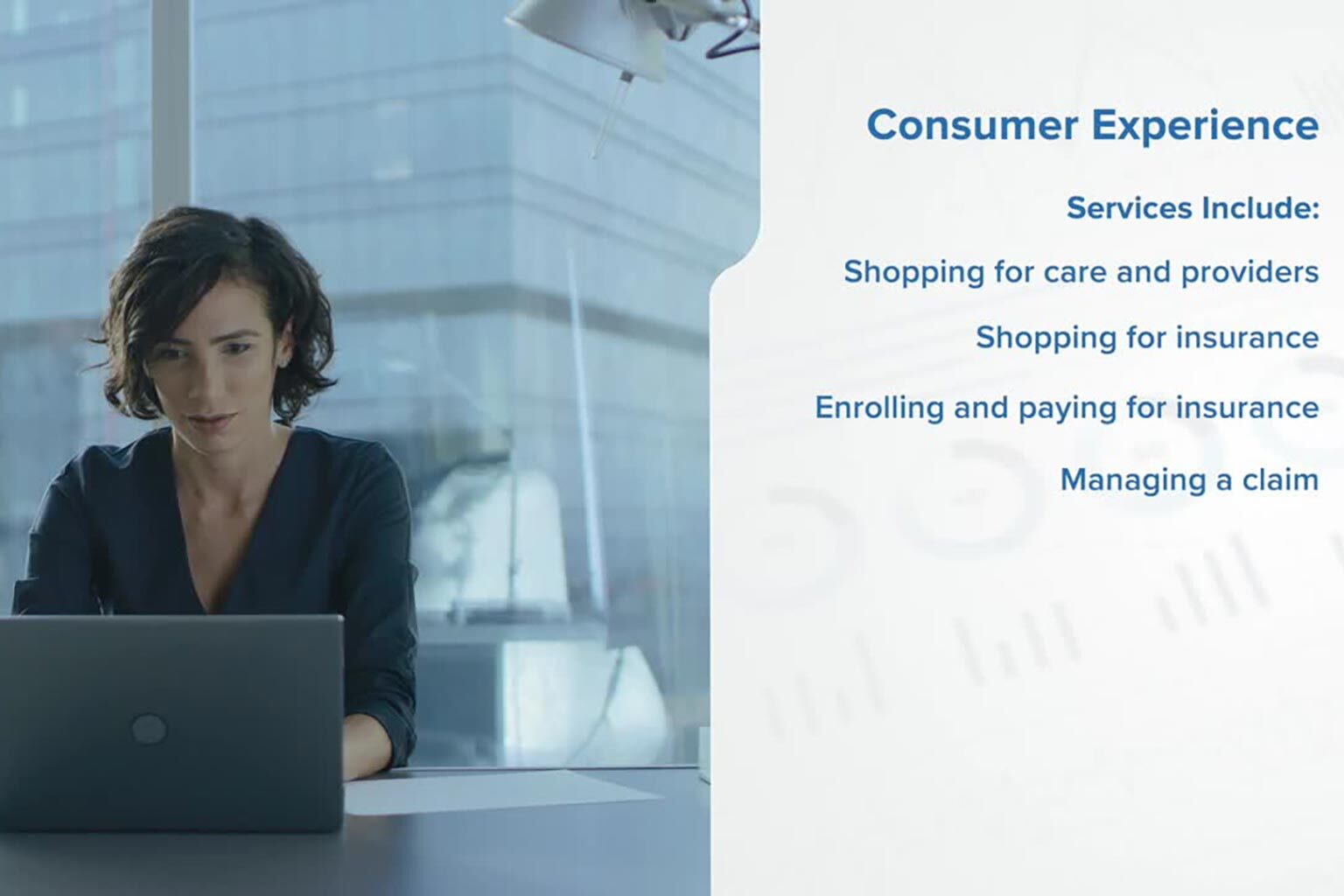Growing interest in post-visit follow-up and care compliance on the part of consumers doesn’t surprise Jeff Rivkin, Research Director of Payer IT Strategies, IDC Health Insights. In his video on “Achieving the Individual Healthcare Experience,” Rivkin examines “consumerism in healthcare,” a concept which he says should be rethought of as “the individual healthcare experience,” and requires differentiating between member experience and engagement.
What are different member touchpoints and types of engagement?
Rivkin notes that designing an individualized healthcare experience begins with understanding the different avenues through which members can interact with the healthcare ecosystem. He calls out three primary experience opportunities:
- Consumer experience: These are services aimed at the purchaser, such as shopping or store interfaces, payment applications and interactions, and customer service experiences.
- Patient experience: This constitutes arranging and receiving actual care. Patients, he says, will set expectations regarding “interactions, processes, and outcomes.”
- Member engagement: Rivkin describes this as, “Actively involving a patient in their care by establishing shared goals and personalizing wellness/care plans,” often through a care manager.
Building engaging healthcare experiences for members with good data and ‘care anywhere’
A “360 view” to a member’s data is “key” to being able to achieve full engagement, Rivkin notes. This data must also be interoperable with other organizations in the healthcare ecosystem.
Effective and efficient “care anywhere approaches” like telehealth programs and member education resources can help increase engagement and reduce the likelihood of costly onsite care in settings like emergency rooms, hospitals, and outpatient clinics through “staggered levels of service,” he explains.
A survey conducted by Wolters Kluwer of US health consumers echoes the importance of some of these engagement opportunities, particularly member education. Respondents said that healthcare educational materials make them feel:
- Empowered to take treatment into their own hands more than 30% of the time.
- Prepared to execute their treatment plan more than 35% of the time.
Tech solutions empower care management to do more for members
Tech solutions for telehealth and member engagement, powered with robust clinical decision support, allow “small but mighty” care management teams to scale up and expand their reach, Rivkin says. That, in turn, allows health plans to both enhance member engagement and increase revenue, he concludes.
To learn more, watch the video, “Achieving the Individual Healthcare Experience”.
Get more insights from the Wolters Kluwer consumer survey and download the whitepaper “Filling the healthcare education gap: A care management opportunity”.



